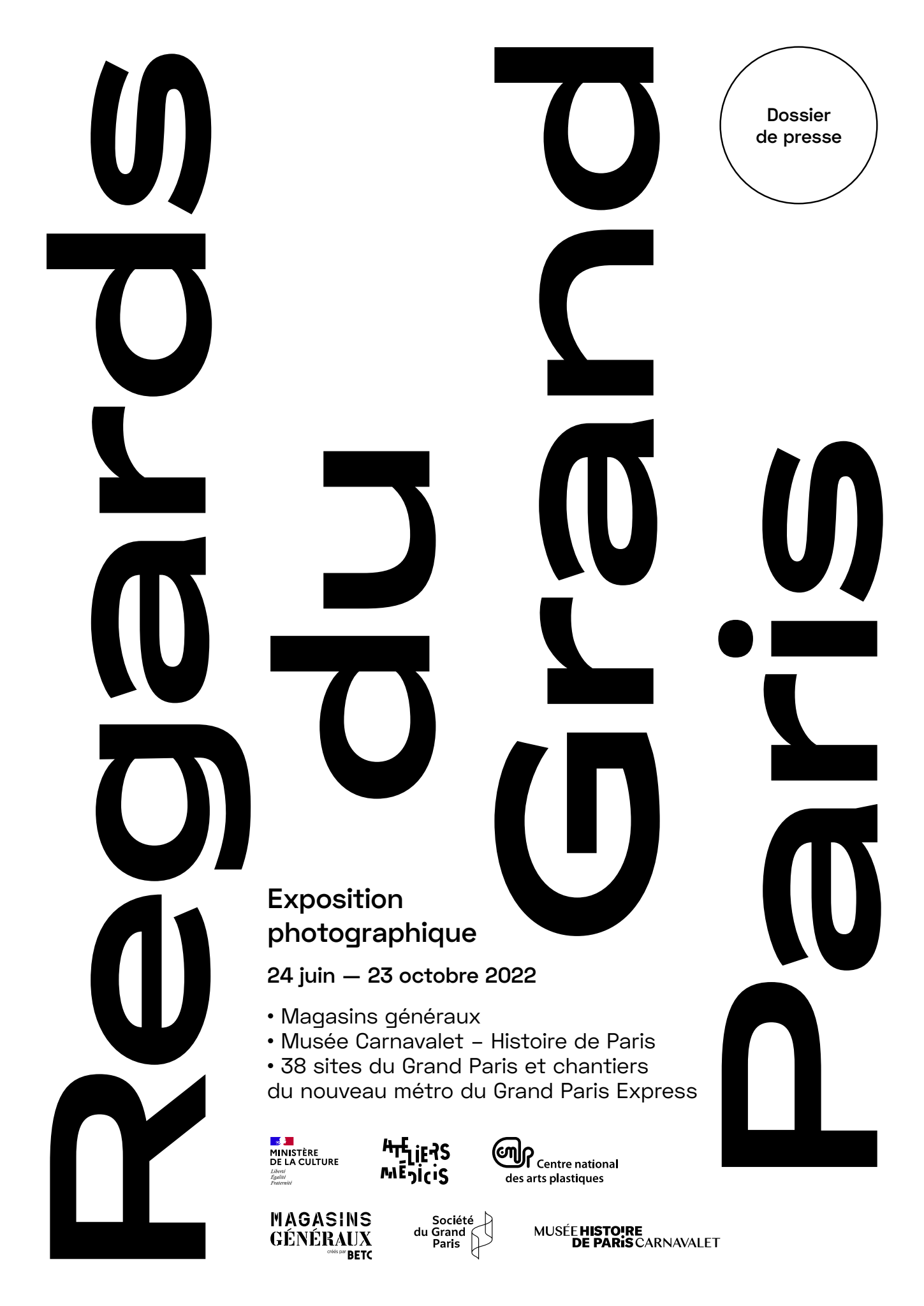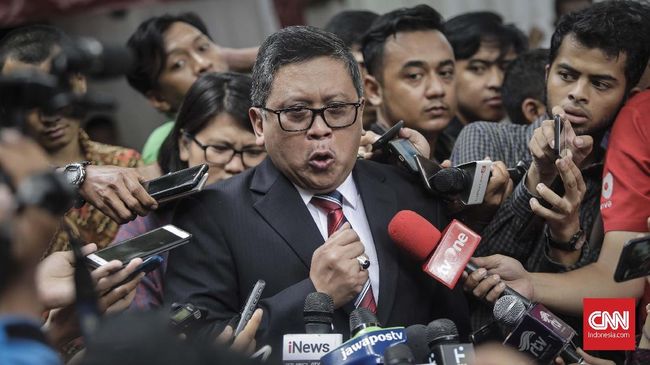 –
–
From June 24 to October 23, the Musée Carnavalet – Histoire du Grand Paris is honoring the exhibition Views of Greater Paris which plunges us into the history of the capital and its future. An invitation to stroll through the entire territory of the Ile-de-France region and to rediscover in images social and political realities that we tend to forget.
Go through the permanent collections of the oldest museum in Paris… You will grasp the virtuosity of a place which exhibits both historical scenes from the revolutionary period and a panorama of contemporary views of the city and its suburbs. The exhibition Views of Greater Paris opened this Friday, June 24 by offering works selected from those of a photographic commission, entrusted in 2016 by the Ministry of Culture to the Ateliers Médicis. The result of a collaboration between many cultural institutes (Ateliers Médicis, National Center for Plastic Arts, General Stores, Carnavalet Museum), the exhibition unveils these works for the first time to the public.
half way
The photographic exhibition only marks the halfway point of a long-term project. Views of Greater Paris serves as an artistic stage within this long urban itinerary that remains to be traced. On the occasion of the exhibition, a book is published devoted to the first 5 years of the national commission Regards from the Great Paris. Each year since its launch in 2016, the latter offers a new theme and selects six to ten artists. Like Baudouin Mouanda who questions the society of appearances where the luxury of clothing allows recognition. La Sape: round trip dream depicts an elegant man who poses in front of a variegated wall. Her sophisticated outfit contrasts with the environment. He is a member of SAPE, a Congolese cultural movement which has also developed in Greater Paris. A poetic work around the influence of the urban environment on clothing style.
“Greater Paris is not a delirium of architects, it exists among the inhabitants”
The exhibition View of Greater Paris intends to give back to the inhabitants what belongs to them. The Carnavalet museum invites visitors to discover the changing landscapes of Ile-de-France and the lives of those who inhabit them. The exhibition extends throughout the Ile-de-France territory. From the Ateliers Médicis (north-east) to the Parc de la Blanchette (south-west), via the Center Pompidou or the Hôtel de Ville, Greater Paris deploys outdoor exhibition spaces to introduce residents to this territory by training they help to shape.
Reeds, Teal
When you join the permanent route of the Carnavalet museum, when you enter the room dedicated to contemporary creation, you immediately come across the large format photography of Francis Morandini. Reeds, Teal announces the troubled color of this exhibition which targets intermediate spaces between town and country. Morandini captures the urban fabric in the process of distension, where nature takes back its rights. Beneath high voltage lines, a circle of reeds flourishes. Snowflakes settle on the long brown stems as the seasons go by. The work questions the idea that we have of the city whose name alone suggests a protean urbanism.
A metropolisation of the world
Views of Greater Paris, it is an invitation to explore the confines of an urban geography in formation. For the first time in human history, most of the world’s population lives in urban areas. The city constantly assembles and disassembles life forms, offering them the feeling of a refuge where everything is connected and interdependent but also similar and exclusive. The city can also generate phenomena of exclusion and isolation. Faced with the metropolisation of the world, artists approach quirky modes of existence that escape the dominant systems of representation. If some inhabitants have the impression that they are looked at as “sociological symptoms”, the initial project remains that of capturing the identity of the bodies as “poetic symptoms”.
The Greater Paris Society
In addition to the many cultural institutes that support the photographic project, the Société du Grand Paris (SGP) is counting on this exhibition to make visitors experience the materiality of a city in perpetual reconfiguration. The SGP intends to build 200 km of metro for 2 million passengers by 2030. A real revolution, not only between Paris and its suburbs but also between its various suburbs. The photos are visible on the palisades of the construction sites near the future stations of the Grand Paris Express. To go from the Carnavalet museum to Clichy Montfermeil, it would no longer take 1h20 but 40 minutes by public transport!
A world beyond the ring road
What Regards du Grand Paris seeks to show is the existence in the common imagination of two distinct worlds: the City of Light and the rest of the Ile de France. Social and political realities meet in images, in the heart of a world territory, under the millennial sky of Paris and its surroundings. The photographer Marion Poussier has chosen to reveal the face of an invisible Aubervilliers, to show above all the way in which the bodies affirm a right to appropriate these places. Like the man in the “We’re here” photo who wearily curls up around a pole. Maxence Rifflet, meanwhile, plunges into the feverish realities of Seine Saint-Denis. He creates an unprecedented portrait of the metropolis through the gestures of those who clean it and who are responsible for removing the traces left by all the others. We also follow, with the emerging artist Karim Kal, line D of the RER, from Grigny to Corbeil-Essonne. We arrive on this side path, as familiar as it is disturbing, which makes us glimpse the tension between the urban space and its margins…
Visual: © official poster press kit
–


